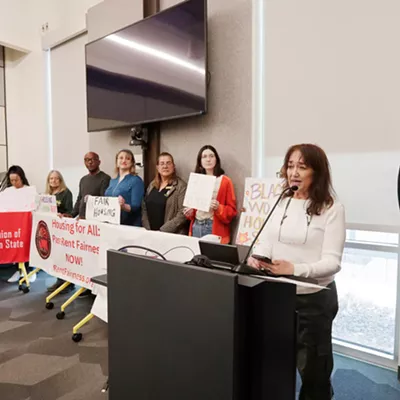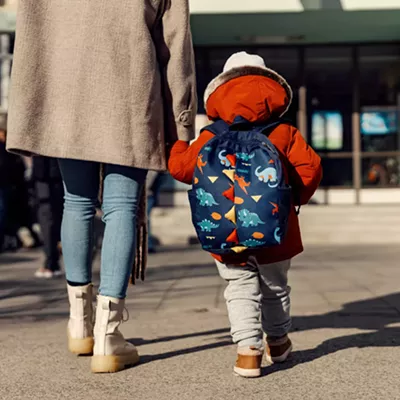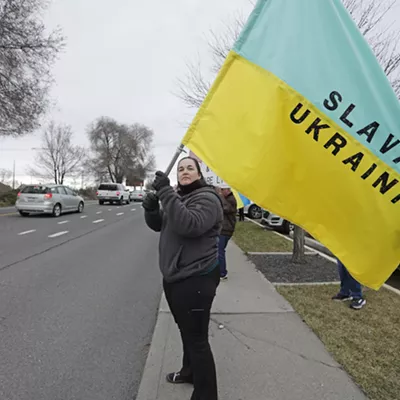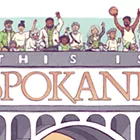Your cup started out on a coffee tree high in the mountains of Central America. The land where the coffee grew was purchased by a group of 80 families who were in hiding during a 36-year civil war. Finally they were able to return to their native village. Only trouble was, the new government didn't recognize their ownership and the land had to be bought back a little at a time. It took them five years to buy the first 25 acres. With the help of the Agros Foundation, they were eventually able to buy 635 acres, on which they began to grow lemons, oranges, bananas and coffee.
Since the farm sits above 4,600 feet, it's possible to grow some of the world's best coffees -- both bourbon and typica trees -- and the rugged terrain dictates that most of the work is done without modern machinery. The coffee is harvested and sorted by hand, dried on racks in the sun and then loaded onto burros for its trip down the mountain. After that, it's off to Guatemala City, eventually arriving at Doma Coffee's roasting facilities in Coeur d'Alene.
Doma owner Terry Patano says he chose the beans not only because of the compelling story behind them, but also because they make a brew that is "beautifully nuanced, with a delicate smokey tone and medium to light body.
"The price for the coffee is set by the farmers and is paid directly to them," Patano adds, describing the system known and labeled as "Fair Trade."
Says Patano, "I purchase the coffee through my broker, who is based in Seattle and has a direct relationship not only with the farm but the Agros Foundation as well. As a company, establishing these types of relationships is what we hope to do with all our coffees."
















